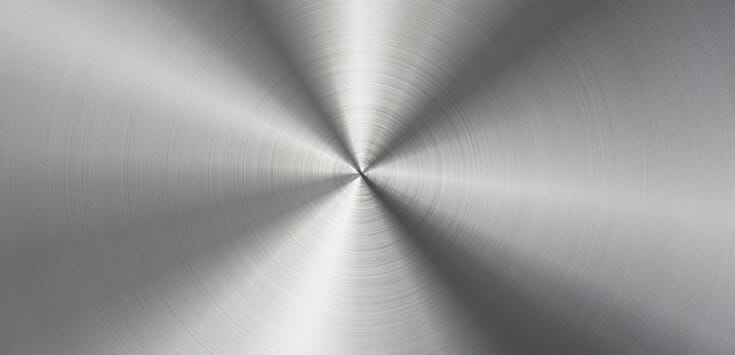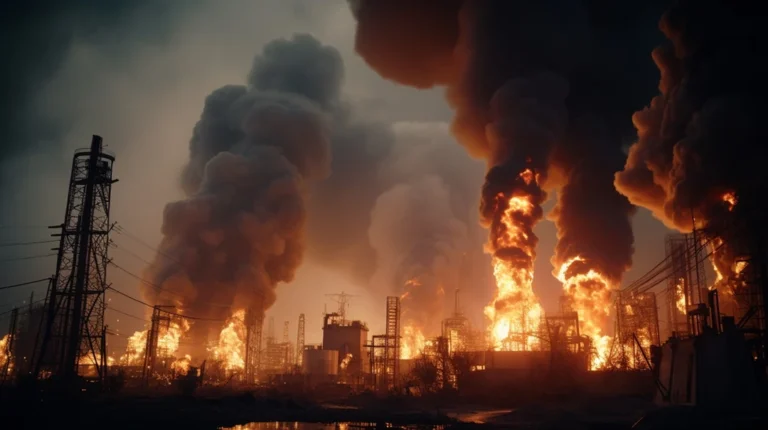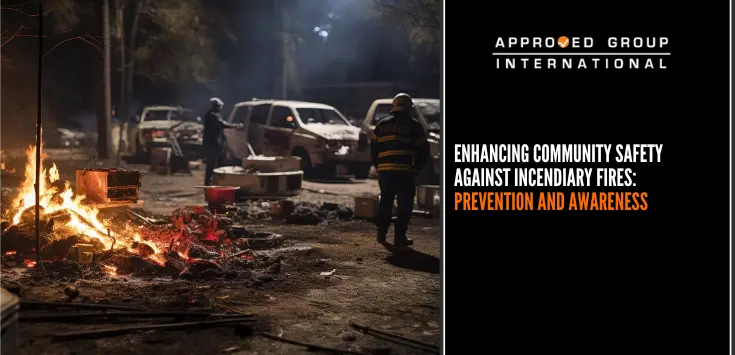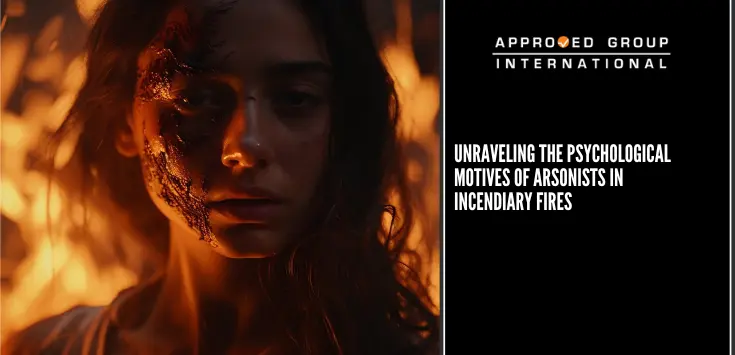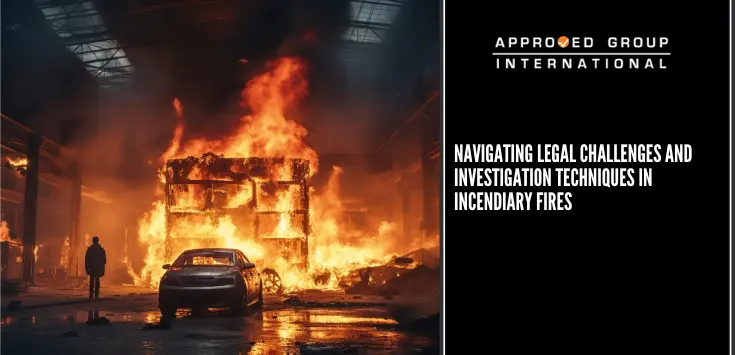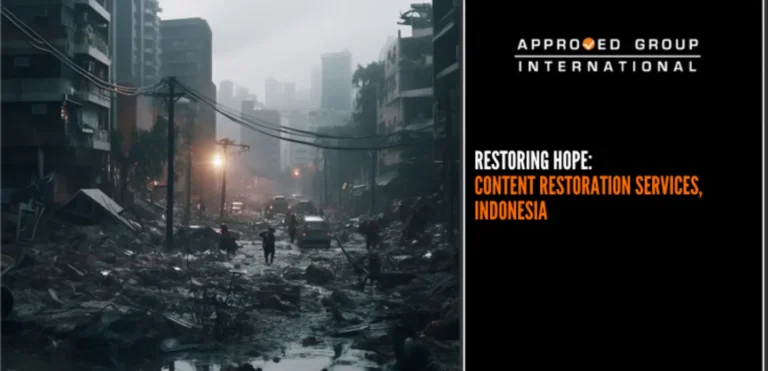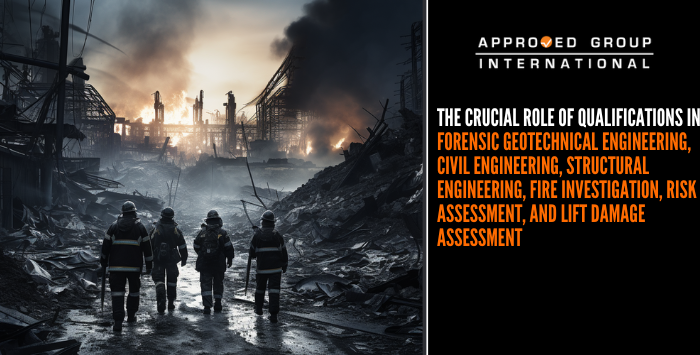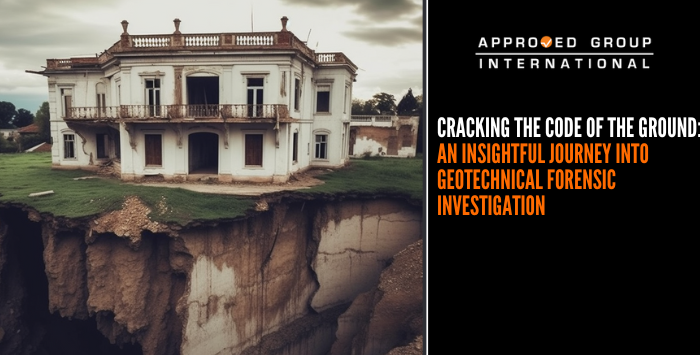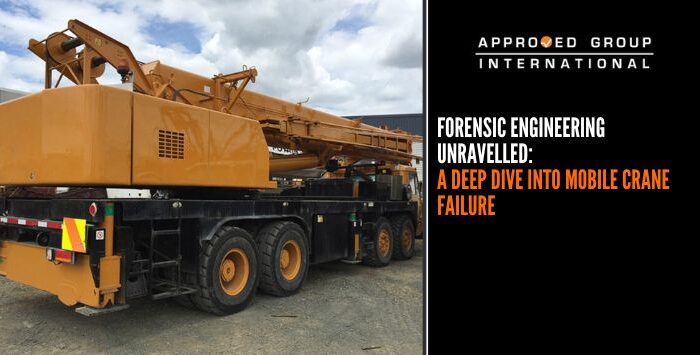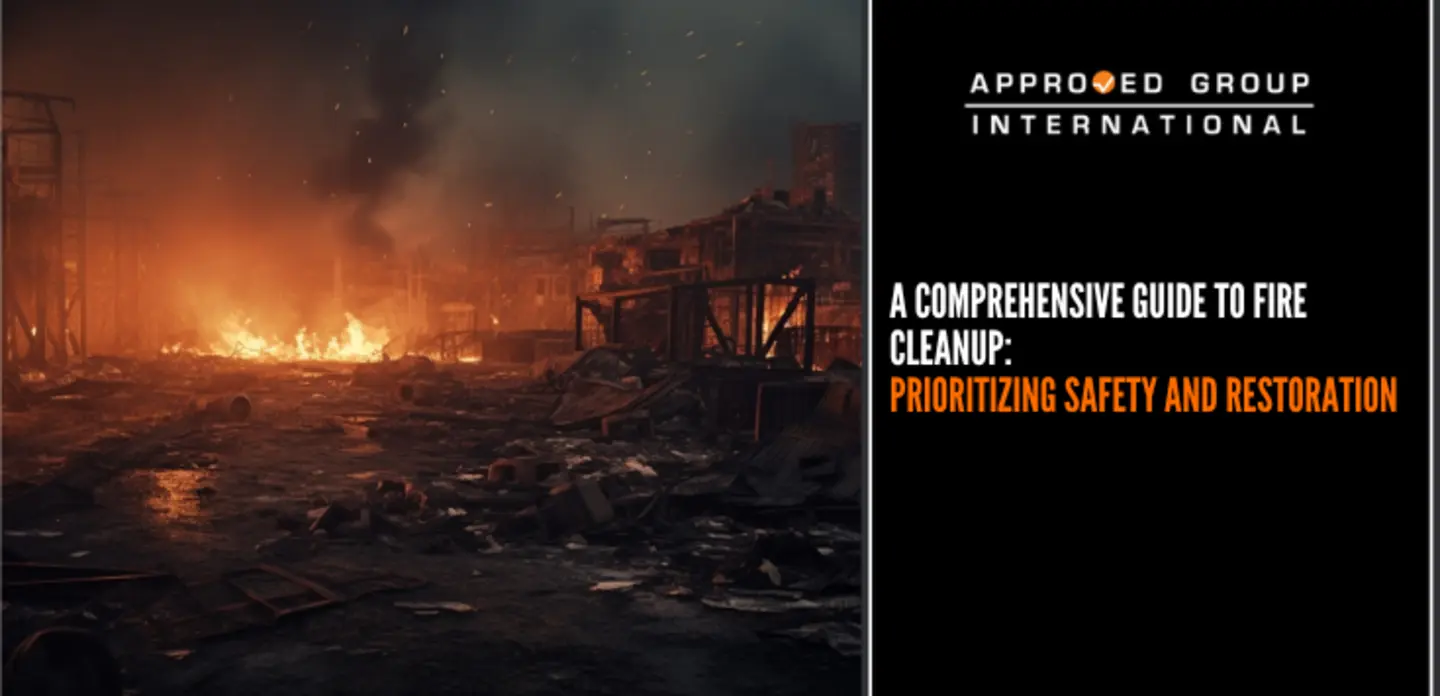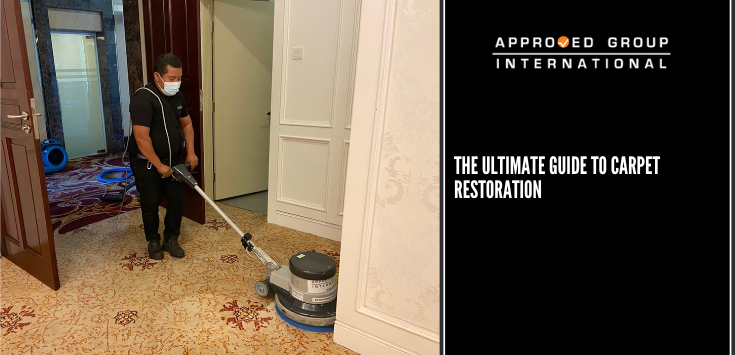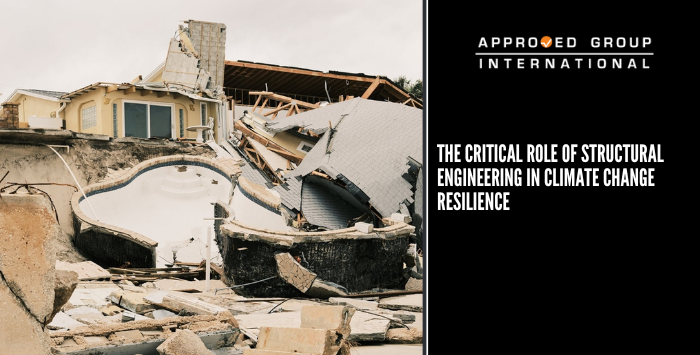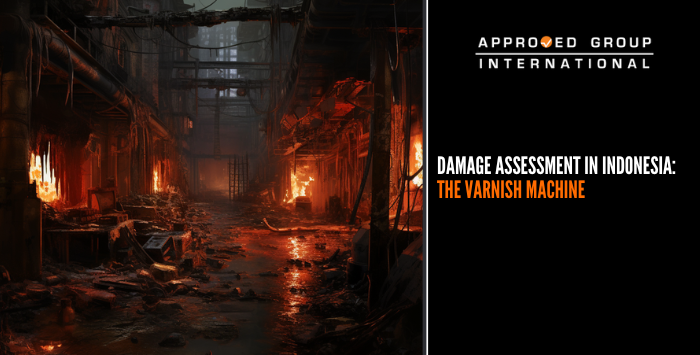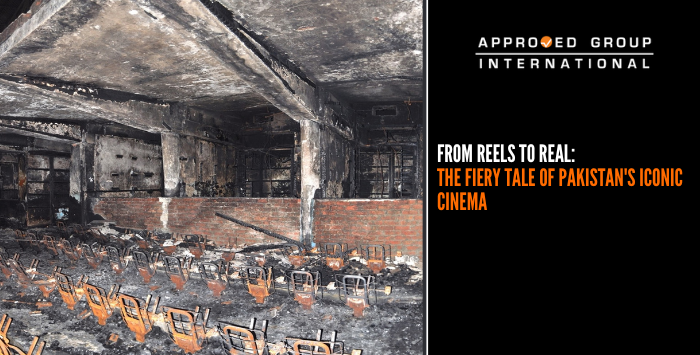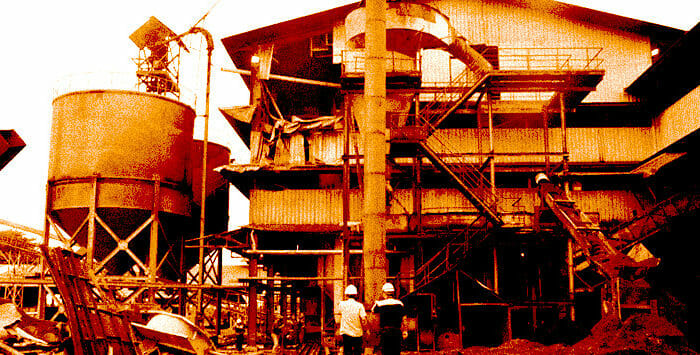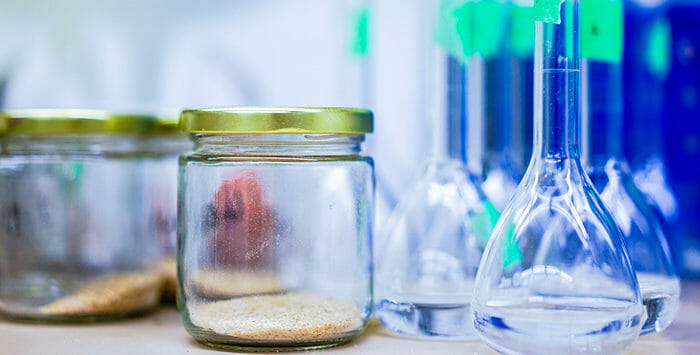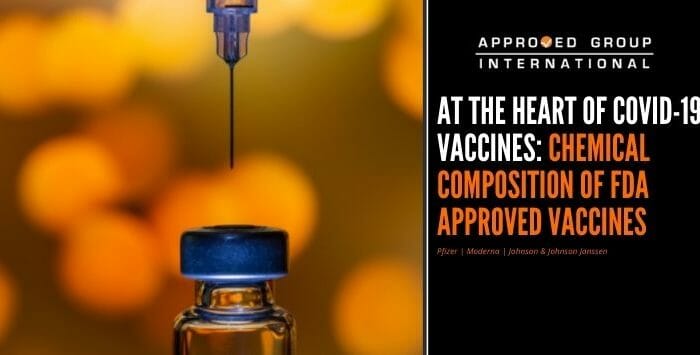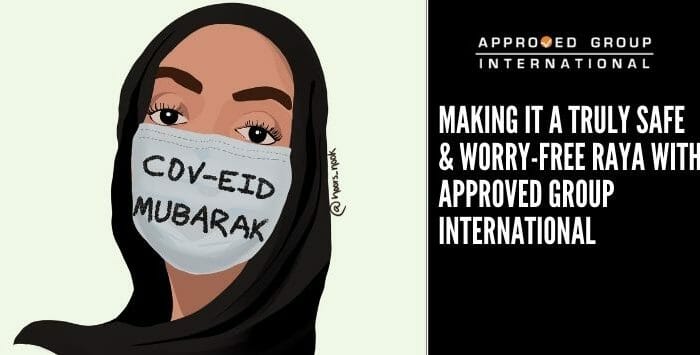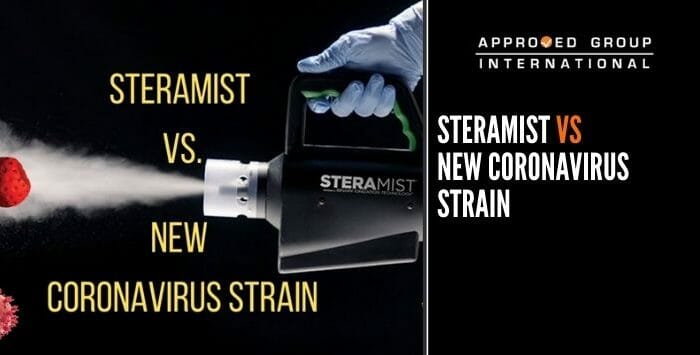Despite being one of the most common and useful materials manufactured materials in the world, steel has always had one major flaw. It rusts. We often see the dark brown or red colour and flaky material on old bridges, old buildings, and on steel that has just been left out in the open for too long. Steel isn’t the only metal however that rusts. Zinc, nickel, copper and aluminium and many more metals are also subject to the corrosion via chemical reaction. Why steel rusts in the first place, why some steel rusts and not others, and why steel doesn’t rust in certain situations makes for an interesting topic. Any material made with iron that is exposed to both oxygen and water will rust. Because steel is made almost entirely of iron, it is the most highly manufactured man made material that is subject to rust. To understand why steel rusts, you have to know a little bit about chemistry and the periodic table. After the element Helium, elements like having 8 electrons in their outer shell, and will borrow electrons from other elements to achieve that level. Water, for example is made of an oxygen atom with 6 outer electrons and 2 hydrogen atoms that have 1 electron each. Through the borrowing and sharing of electrons in a reduction reaction, FeO(OH) (the most common form of rust) is created. When any type of steel rusts, it undergoes a chemical reaction called corrosion. During that process of being exposed to air and water while being left outside or in the elements for an extended period of time, a variety of different types of rusts can form, but the most common form is Fe2O3. Rust only forms on the outside of a metal surface because it requires exposure of oxygen and water to rust. If you find an old metal table or steel rod that’s been left outside that you try to scrub clean of rust, anything shiny under the surface you see has not been exposed yet to both oxygen and water. Yes, steel does rust in water, just look at underwater photos of sunken ships.
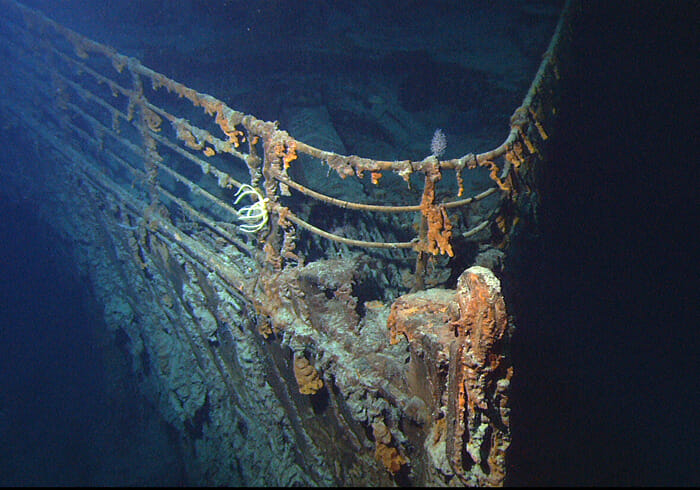
However, it forms a different type of rust that does not develop as quickly as common rust you see on metals left outdoors – FeO(OH). Specifically, it creates Iron(III) hydroxide Fe(OH)3. Steel needs both water and the oxygen from air to create FeO(OH) rust. That doesn’t mean that a ship made out of steel materials is protected from corrosion as only a small amount of air can cause steel to rust. Here are a few of our favourite tips for preventing rust from forming:
- Dry it and keep it Dry It’s best to keep these metallic items dry at all times. After being exposed to water, AGI recommends complete assessment for the level of moisture. On an immediate basis, the atmospheric moisture must be brought below 50% relative humidity.
- Keep it Clean Accumulated dirt and debris can hold moisture and allow corrosion to occur even on a dry day. AGI will decontaminated all the affected metallic items to rid of the accumulated soil, debris and contaminants which may trap moisture.
- Apply a Protective Coating Depending on the surface that needs protection, AGI will apply a specific coating to protect metals from corroding. Adding this layer of anti-corrosion prevents rust from forming, and is likely the most economical option to minimise the effect of water or elevated moisture on metals. Where required, repairs or replacement may be carried out.
The said storage tank
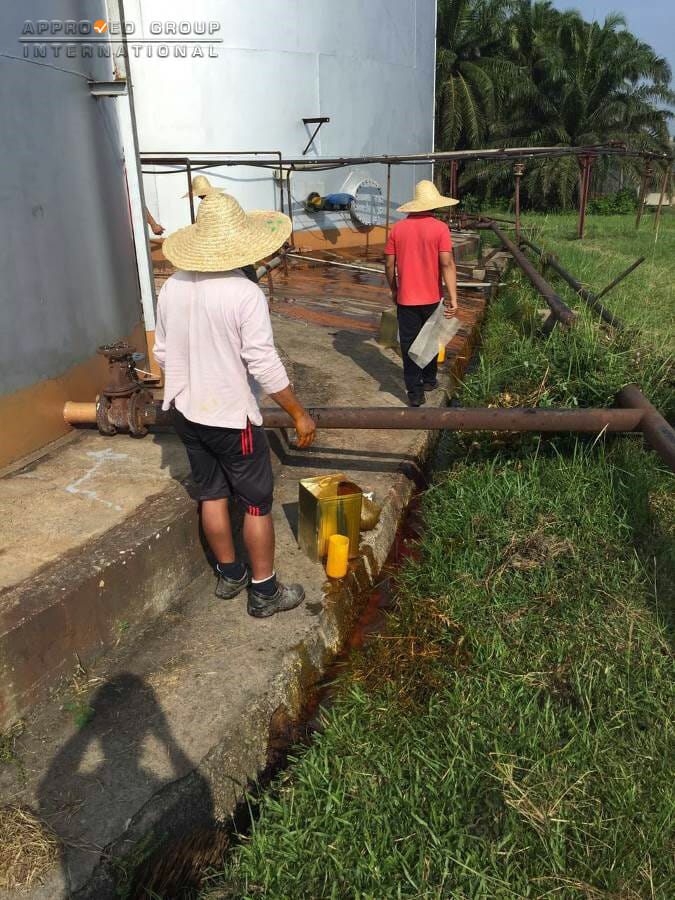
The severe oil leakage from the tank
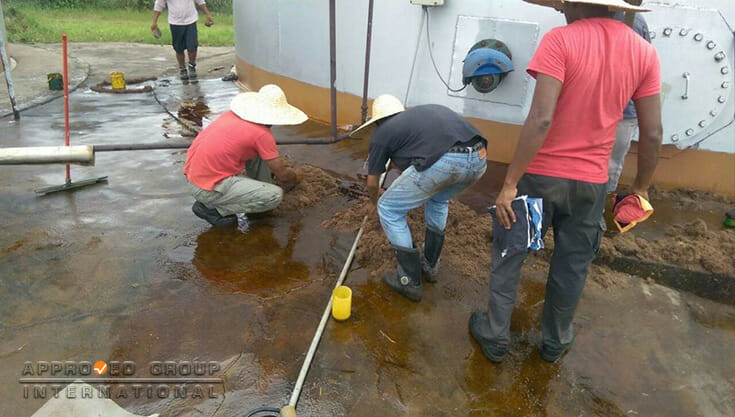 Close view of the fillet weld joint between the sump and the tank bottom plate; Arrow indicates the location of leak; numerous corrosion pits are observed in the tank bottom mild steel plate with indications of relatively deeper pitting in around the sump.
Close view of the fillet weld joint between the sump and the tank bottom plate; Arrow indicates the location of leak; numerous corrosion pits are observed in the tank bottom mild steel plate with indications of relatively deeper pitting in around the sump.
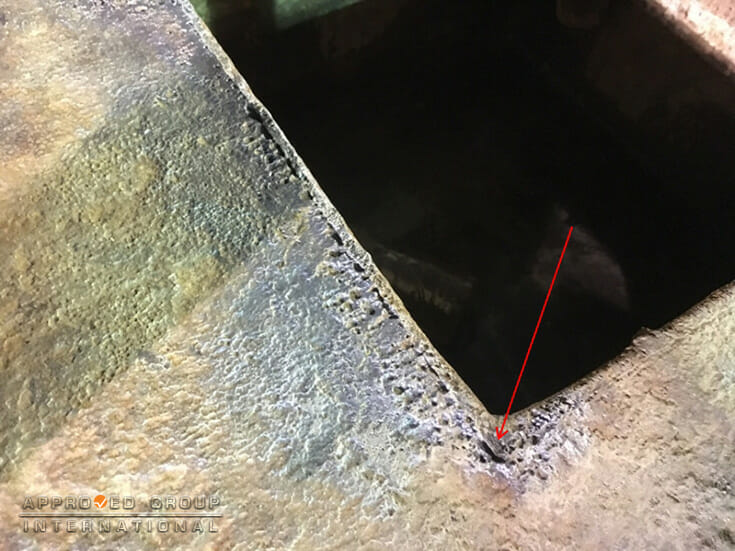
Corrosion pitting damage at the tank bottom. 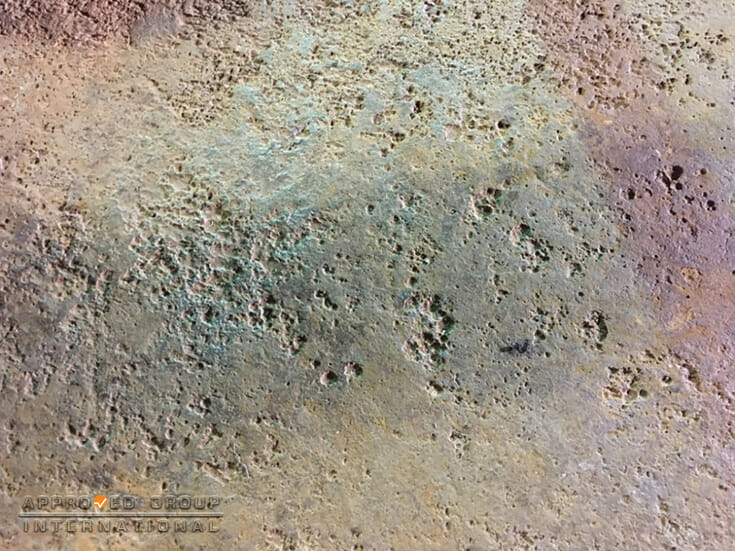 It was noticeable from the condition of the tank bottom that the central part of the tank bottom had suffered substantial corrosion related deterioration. The deterioration was due to water stagnation in that region for a long duration of time, and exposure of mild steel tank bottom to corrosive condition.
It was noticeable from the condition of the tank bottom that the central part of the tank bottom had suffered substantial corrosion related deterioration. The deterioration was due to water stagnation in that region for a long duration of time, and exposure of mild steel tank bottom to corrosive condition.

